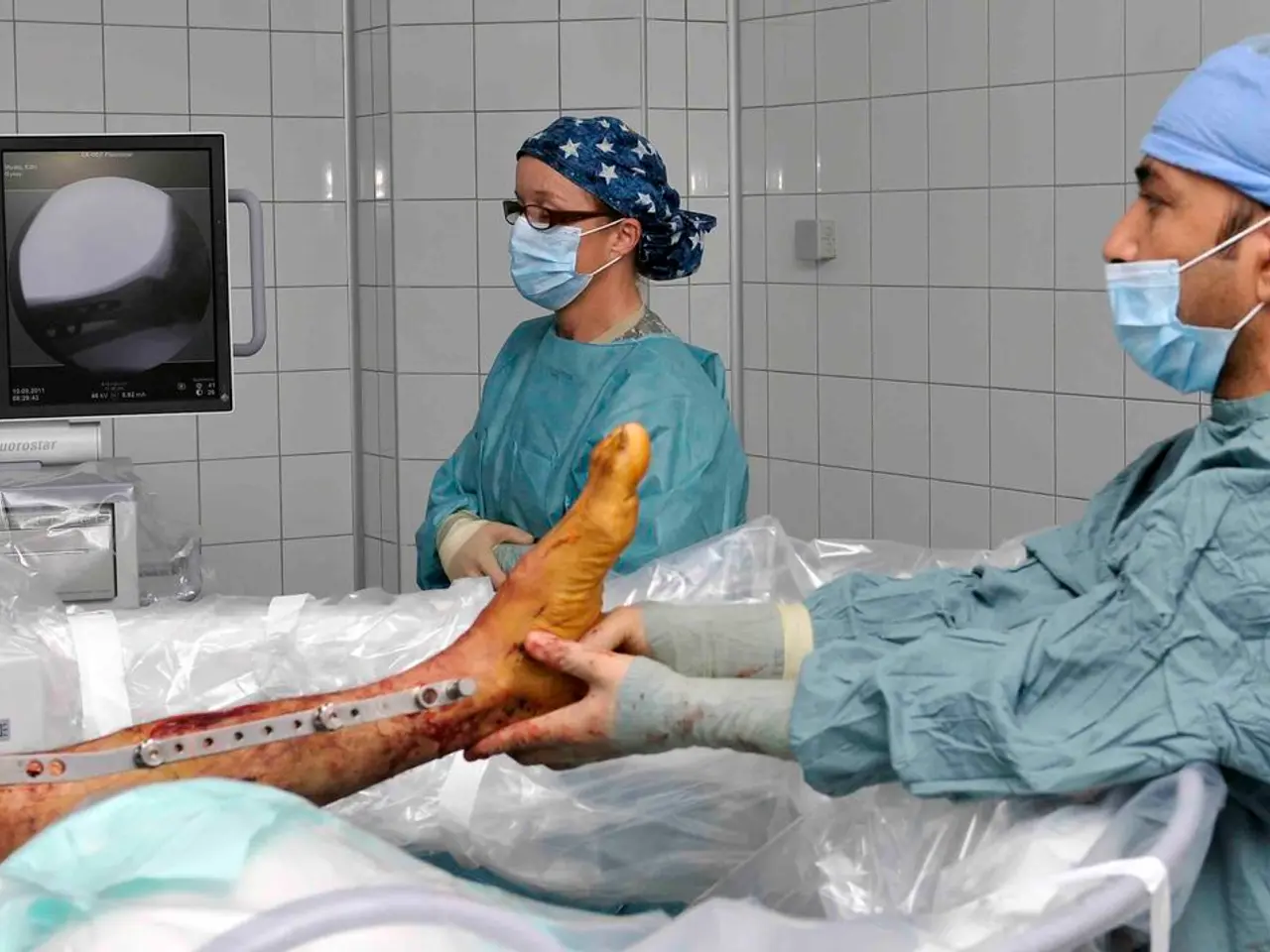Chest X-Rays: Quick, Painless, and Essential for Lung and Heart Health
A chest X-ray, a common medical imaging test, offers a quick and painless way for doctors to examine the chest area. It can detect various conditions affecting the lungs, heart, and other internal structures.
During the procedure, patients stand next to a plate, wearing a protective lead apron, and hold their breath briefly for clear images. The X-ray machine emits a small amount of radiation, which is safe for most individuals.
Doctors order chest X-rays to diagnose or monitor a wide range of conditions. These include infections like pneumonia, lung diseases such as emphysema, heart problems, injuries from accidents, and even lung cancer. The X-ray can also show the size and shape of the heart, providing insights into its function. Moreover, it can assess fluid buildup or air leaks after chest surgery, or monitor the progression of diseases like cystic fibrosis.
Chest X-rays are generally safe and can detect a variety of conditions. However, they should be avoided during pregnancy due to potential harm to the unborn baby. Preparation involves removing jewelry and other metal objects, and changing into a hospital gown.







